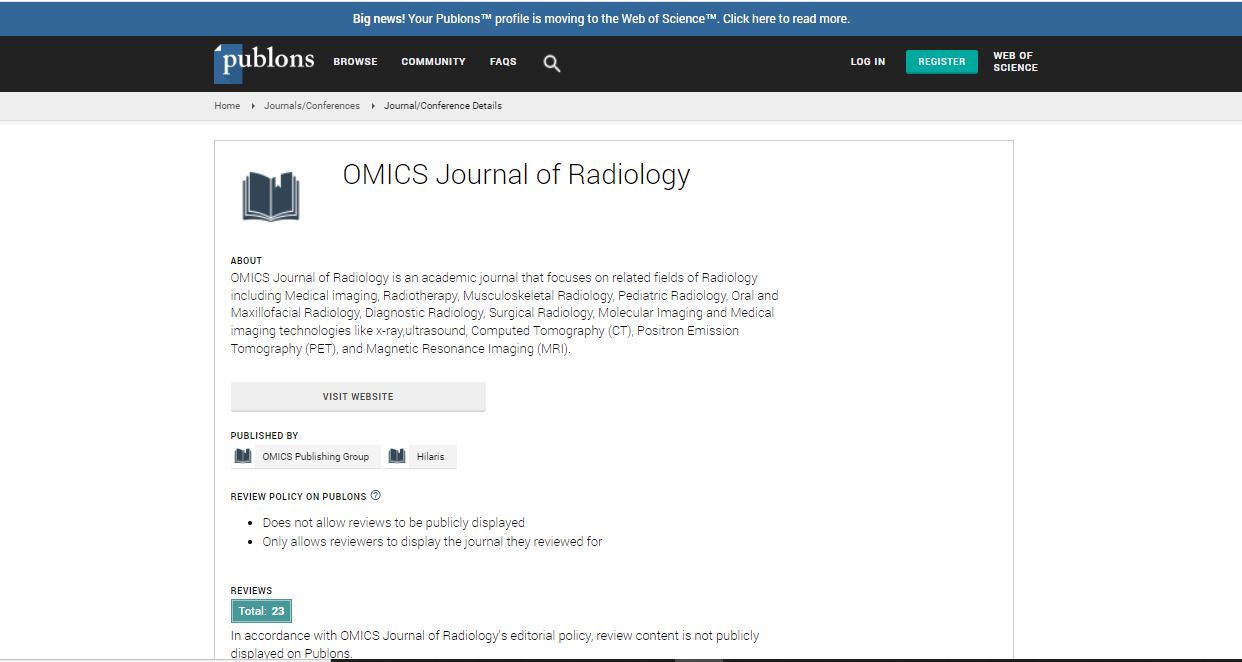Case Report
Meconium Peritonitis in a Neonate: Clinical and Radiological Findings
Maciel JMW*, Moritsugu CT and Alvares BRDepartment of Radiology, Universidade Estadual de Campinas Faculdade de Ciencias Medicas, Sao Paulo, Brazil
- *Corresponding Author:
- Joao Marcos Wolf Maciel
Department of Radiology
Universidade Estadual de Campinas Faculdade de Ciencias Medicas
Campinas, Sao Paulo, Brazil
Tel: +5517988125045
E-mail: joaowolfradiofcm@gmail.com
Received date: August 03, 2017; Accepted date: August 16, 2017; Published date: August 21, 2017
Citation: Maciel JMW, Moritsugu CT, Alvares BR (2017) Meconium Peritonitis in a Neonate: Clinical and Radiological Findings. OMICS J Radiol 6:271. doi: 10.4172/2167-7964.1000271
Copyright: © 2017 Maciel JMW, et al. This is an open-access article distributed under the terms of the Creative Commons Attribution License, which permits unrestricted use, distribution, and reproduction in any medium, provided the original author and source are credited.
Abstract
Although meconium peritonitis has a low incidence (1 in 35,000 births), when occurs with a late diagnosis it usually leads to a high morbidity and mortality of neonates. This anomaly takes place due to bowel perforation and the consequence is the meconium extravasation into the peritoneal cavity, promoting an exudative inflammatory reaction due to various gastrointestinal pathologies that occurs in neonates or intrauterine. It is worthwhile mentioning that this inflammatory response may result in ascites, fibrosis, and calcification and, in some cases, in cyst formation. Clinical manifestations are non-specific; some of them are: intestinal changes, decrease in the general condition or abdominal physical alterations. In this work, it is described the case of a premature neonate, in which, by physical examination, solid masses in the lower part of abdomen were identified, being afterwards submitted to a thoracic-abdominal x-ray examination. The condition suddenly progressed to sepsis, leading to patient´s death. Bearing all this in mind, this work reports the need of a reinforced standard radiographic image that could be used as a basis in similar cases, helping the diagnosis so that the best treatment strategy may be defined.

 Spanish
Spanish  Chinese
Chinese  Russian
Russian  German
German  French
French  Japanese
Japanese  Portuguese
Portuguese  Hindi
Hindi 
